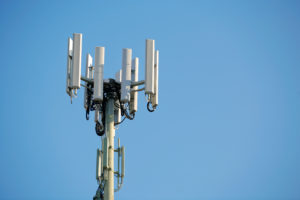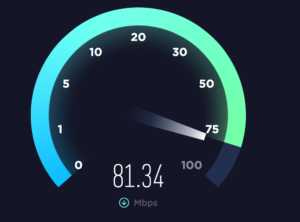
Donald Trump cited security concerns as the reason behind his executive order blocking Broadcom’s proposed acquisition of Qualcomm, and it appears that it’s Qualcomm’s 5G knowledge and research that US leaders are concerned about. Qualcomm has been a leader in the fledgling – but extremely important – 5G arena, and US experts may not want that expertise and advantage to be lost to the Singapore-based Broadcom. This move is certainly in line with other decisions Trump has made to penalize or block foreign interest in certain industries, so it seems likely that the motive for the decision may be purely political and not actually influenced by legitimate 5G-related security concerns.







:format(webp)/cdn.vox-cdn.com/uploads/chorus_image/image/58835451/5g_mwc_graphic_twitter_featured.0.jpg)
/cdn.vox-cdn.com/uploads/chorus_asset/file/10287853/Frankfurt_Browse.png)